How many times have I travelled along the north coast between Tavronitis and Chania, either on the old coast road or the National Highway ? Certainly many hundreds, if not into four figures. And how often have I turned off south at Platanias and taken a 2-kilometre diversion into the little village of Vrysses ? Never, until recently.
Then I read that near Vrysses was the Katsouna Gorge, or “Xenia Odos”, believed by Herodotus, “The Father of History,” writing in the 4th century BC, to be the route used by visiting guests to reach Ancient Pergamos, the city established by King Agamemnon on his return from victory in the Trojan Wars. More research informed that the Trojan Wars, still somewhat mythical, lasted from 1260 – 1180 BC, and the Siege of Troy, with its culminating story of the Wooden Horse, was in 1184 BC. Recalling the stories in Homer’s ‘Iliad’, and in Robert Graves’ ‘The Greek Myths’, with epic tales featuring Greek Kings Menelaus and Agamemnon, King Priam of Troy, Achilles, Ajax, Hector, Odysseus, the Judgement of Paris, and Helen of Troy – “the face that launched a thousand ships” – and the catalyst for it all, I was intrigued and curious. An Ancient City, close to Chania, and maybe another palace to rival Knossos ? I had to …. Explore !
First visit was in high summer, between our lock-downs, and surprisingly, the gorge was easily located, clearly signed as we entered Vrysses. But why the name ‘Katsouna’? The ‘katsouna’ is a traditional shepherd’s staff, made from the Zelcora Abelicea, a long-living deciduous tree endemic to Crete, reaching 10/15m, with hard, light, durable and bendable wood. Once abundant, growing at heights between 800m/1800m in all the mountain massifs of Crete, but now classed as “vulnerable” , threatened by over-grazing by sheep and goats, soil erosion, fires and climate change. In “The Golden Step”, the very readable story of his 300 mile walk from east to west across Crete, Christopher Somerville decides that instead of using walking poles: “ I’d carry the katsouna, the white fig wood walking stick ; just how much of an ice-breaker that (katsouna) was to prove, I did not imagine.”
From the signpost, first a surfaced road, then a track leads to the foot of the gorge – “ Xenia Odos ” (road for foreigners) leading up to Ancient Pergamos. Under a canopy of mixed deciduous woodland, a marked path (red paint) climbs alongside a dry stream bed for around a kilometre, then levels out to reach ….. not Camelot, just a copse of shady oak trees, olive groves ………
“ And here were forests ancient as the hills
Enfolding sunny spots of greenery.”
But no sign of Xanadu, or Ancient Pergamos ; just a track leading we knew not where, which we explored a little in both directions, then had a picnic below a large oak tree, and walked back down.
Returning this spring after winter rain was little different : the path nearing the gorge entrance was overgrown, the stream bed still dry, and probably no visitors since our previous ascent. At the top, rocks and boulders under the oak trees may mark the site of Ancient Pergamos, or just wishful thinking. Research on maps and Google Earth indicated that an alternative way back to Vrysses was possible, following the rough road left, initially heading east. And it does ; ignoring all side tracks and paths, the track winds down through olive groves, and later below heavily laden orange trees, to join our earlier route just a few minutes from the main road.
We looked around Vrysses, where the village church dominates the little platea. Strangely, there is no cafenion here, so we drove 2 km into nearby Patelari where there is, the friendly and traditional ‘To Steki’ on the main road, overlooking a small stream. And so, over (take-away) coffee in the sunshine, back from Homeric times to our very strange modern world.
If you’re looking for a short, interesting and none-too-difficult walk, whilst travelling to or from Chania, I know of none better than this. Perhaps disappointingly, no ‘cloud-capped towers’ or ‘dreaming spires’ of Ancient Pergamos, but instead, everything so enjoyable about rural Crete.
Footnote : “ The existence of this Ancient City has been confirmed by archaeologists. Unfortunately, due to the poor economic situation, the works scheduled for its uncovering have not even begun yet.” Municipality of Platanias

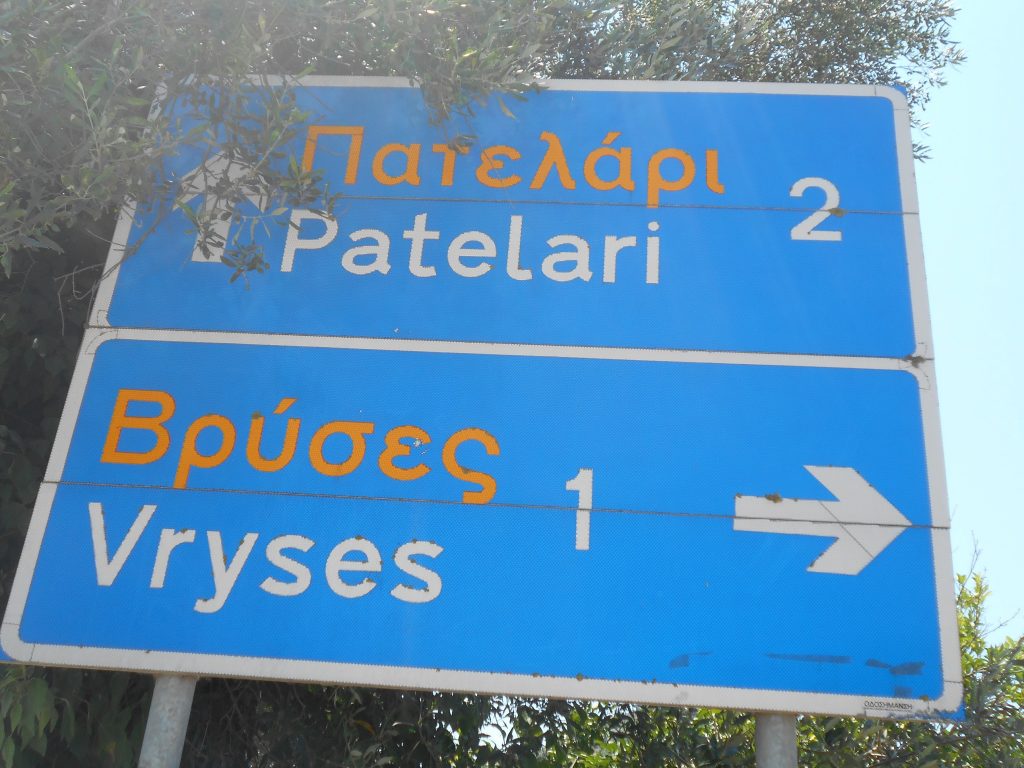
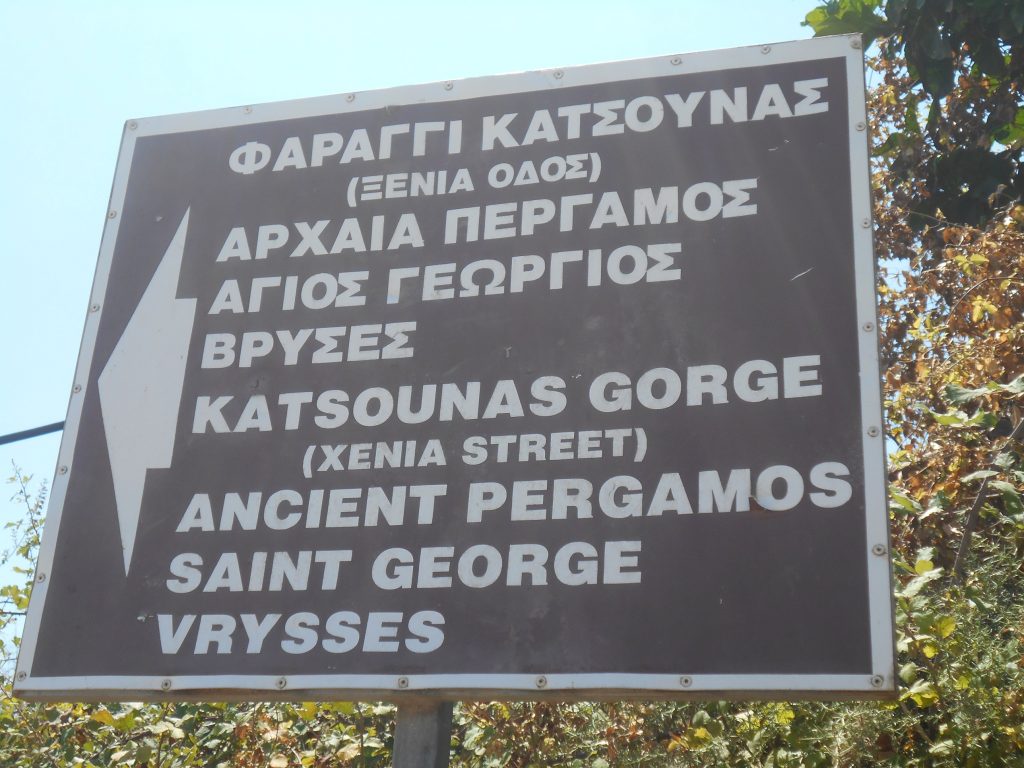
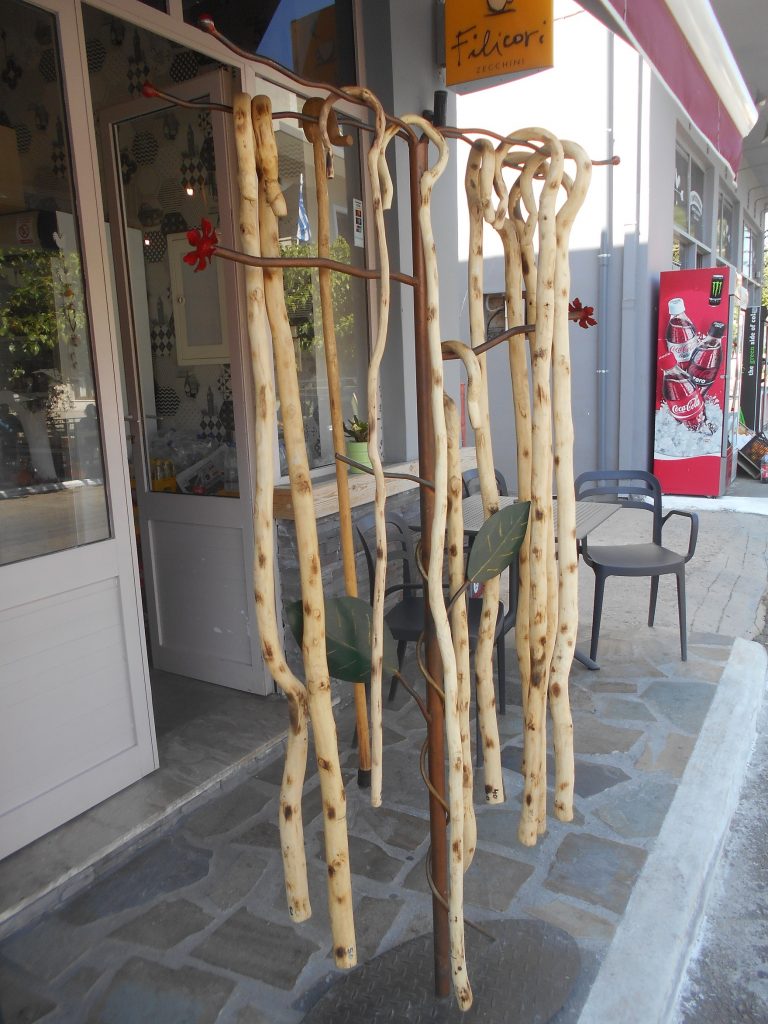
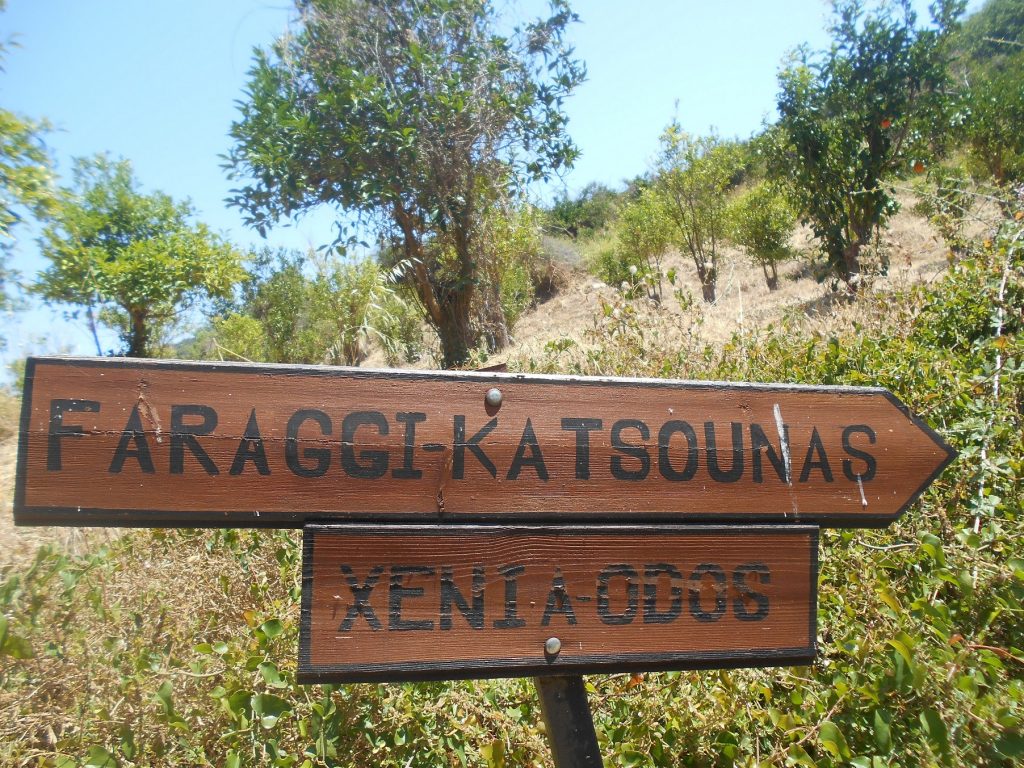
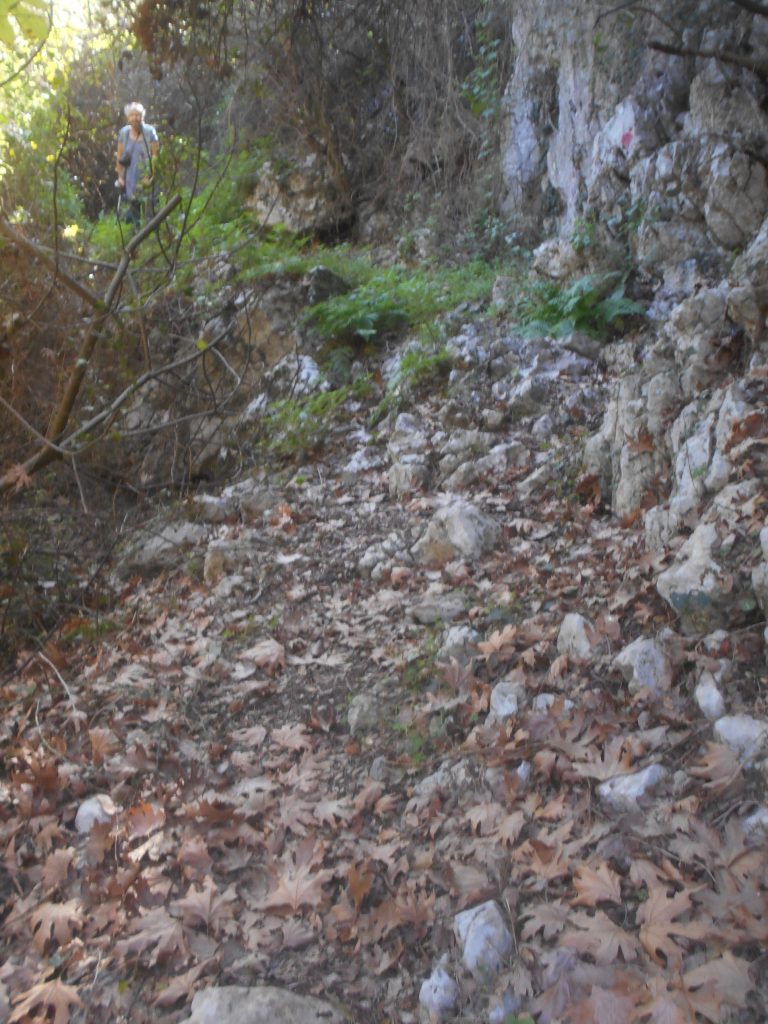
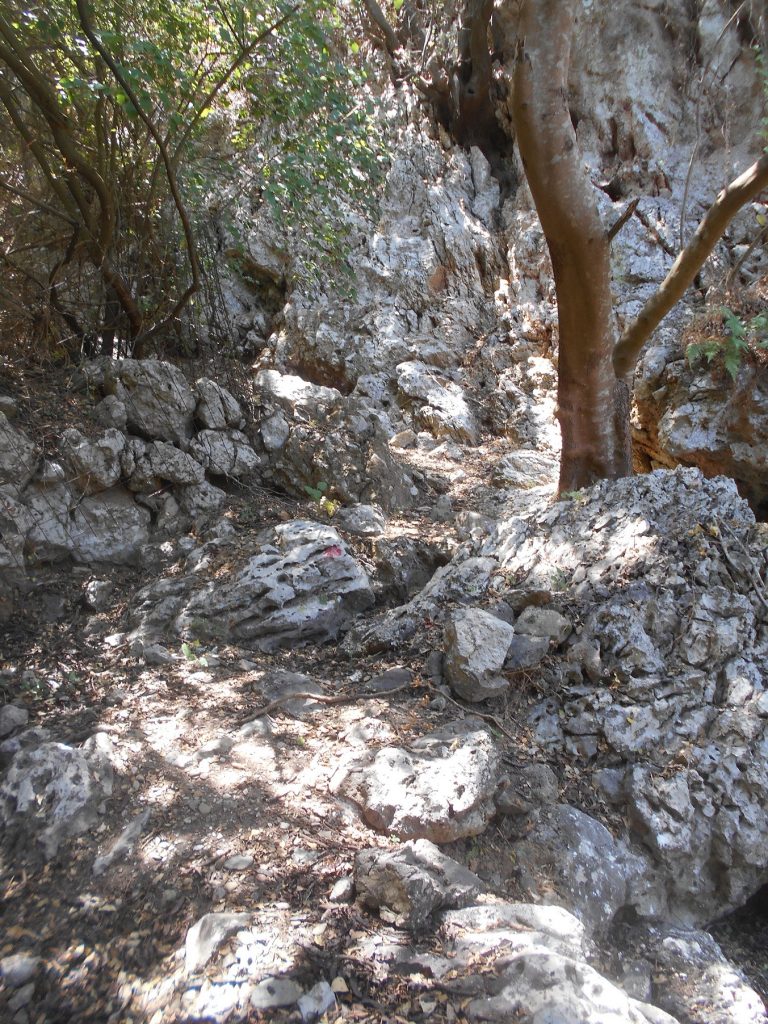
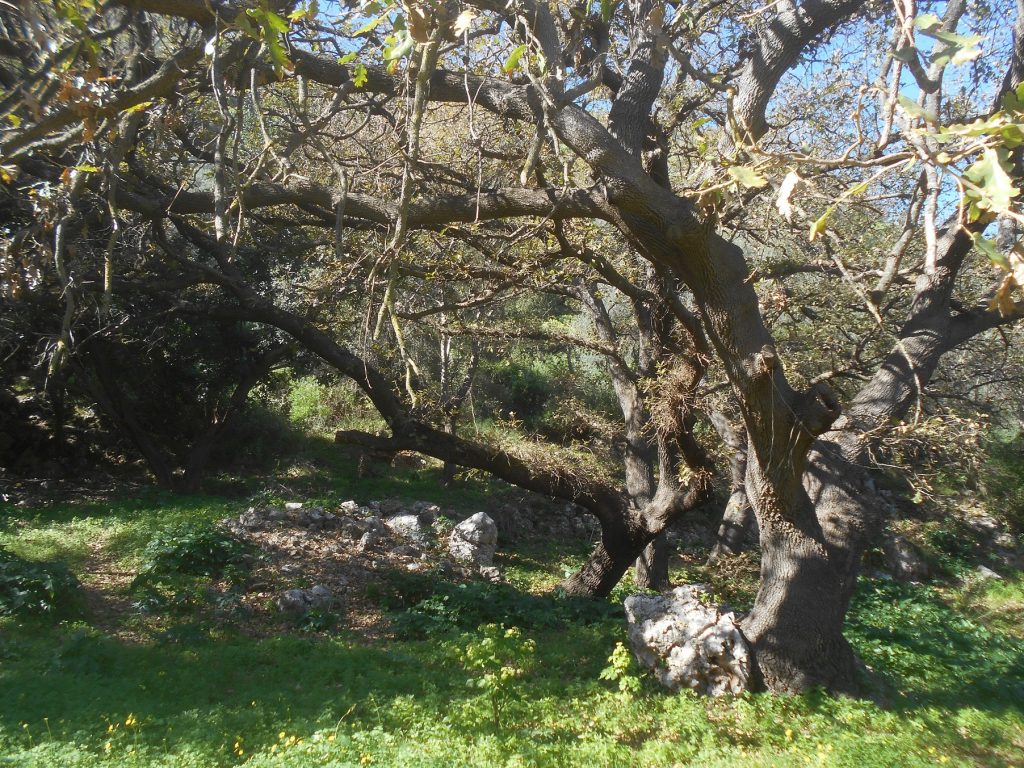
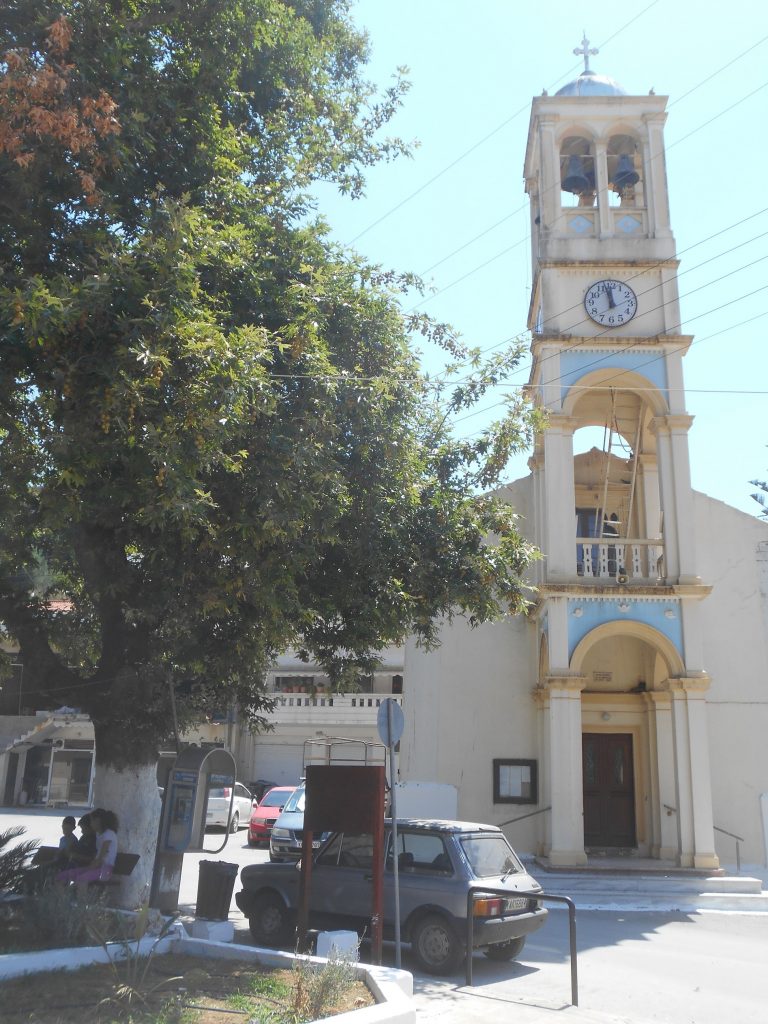
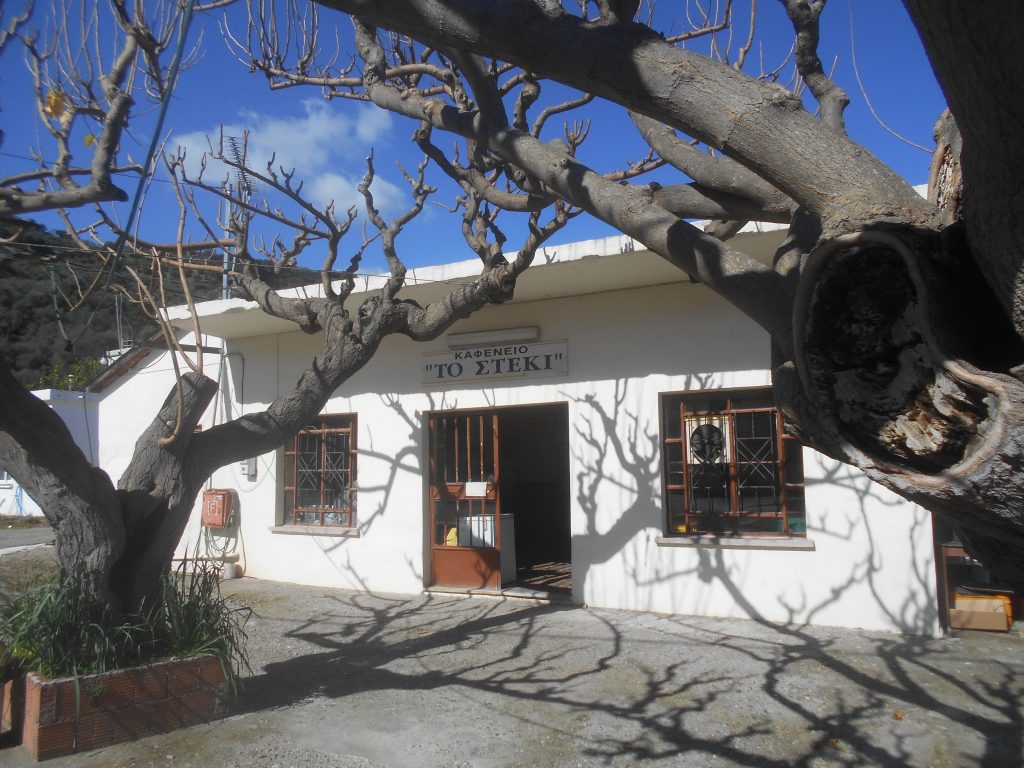

Recent Comments